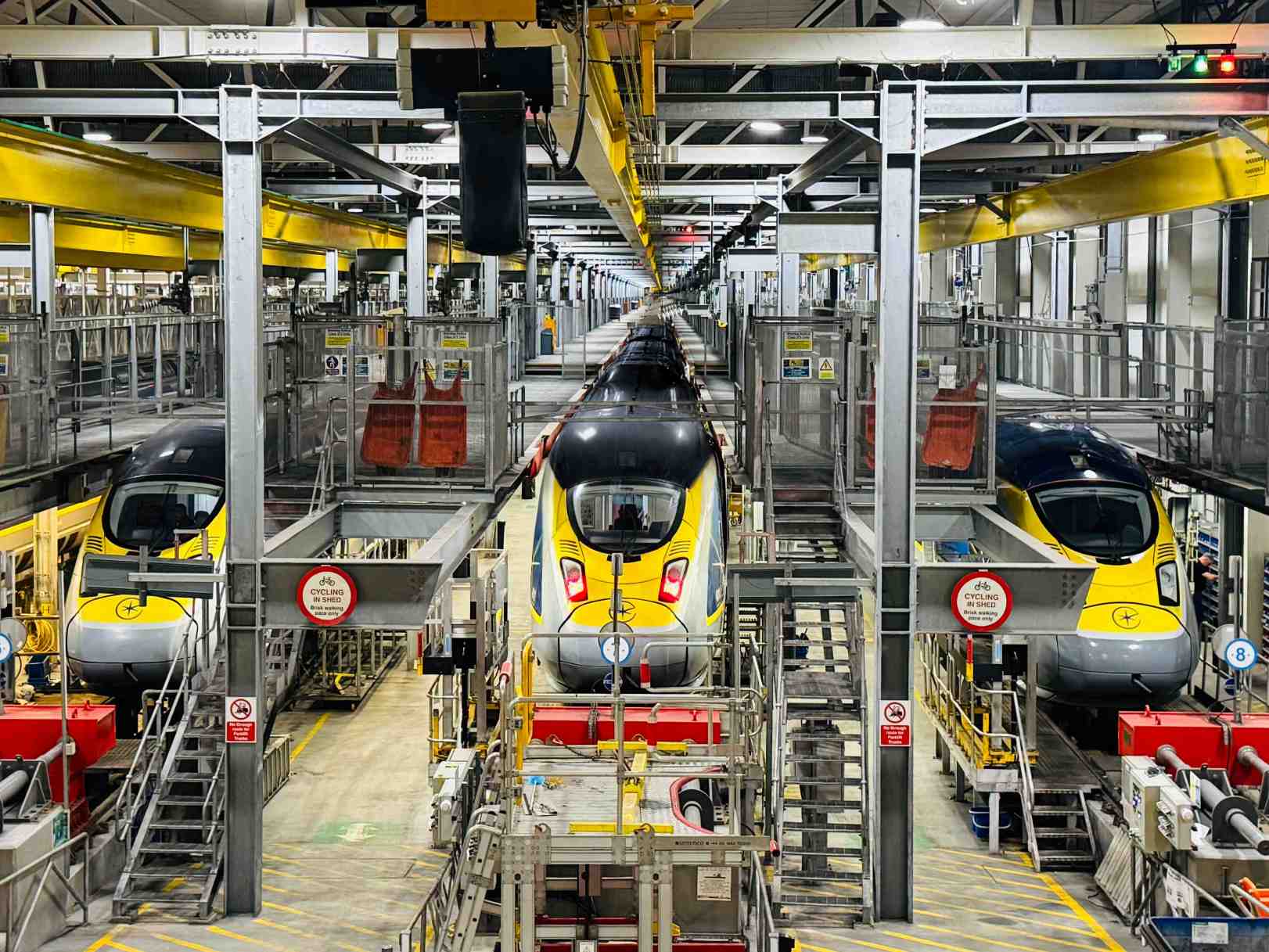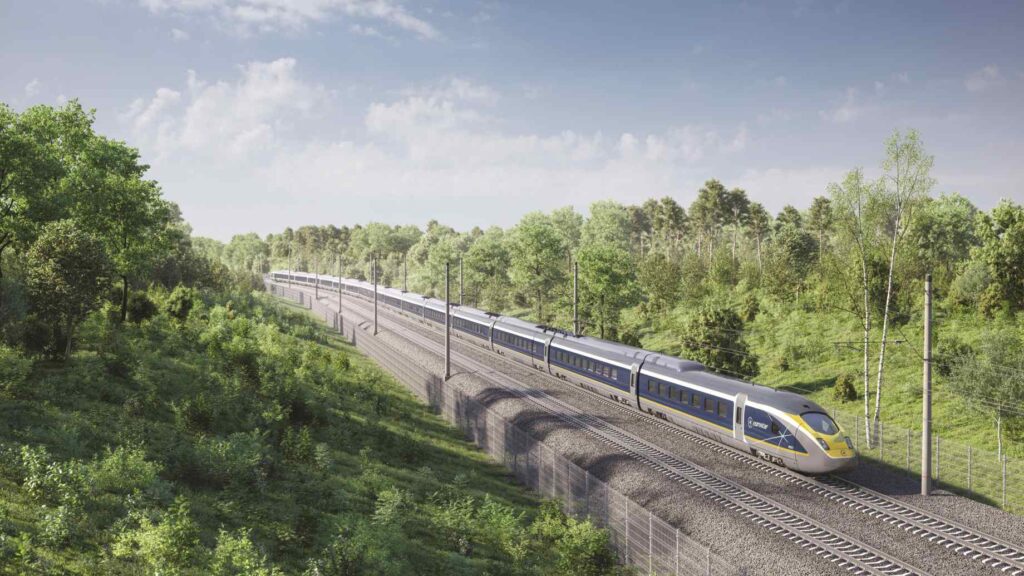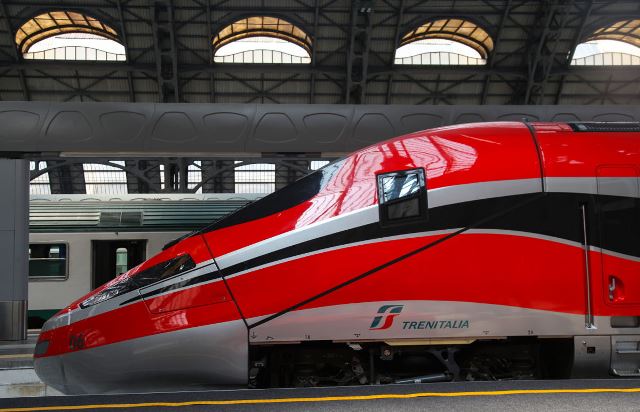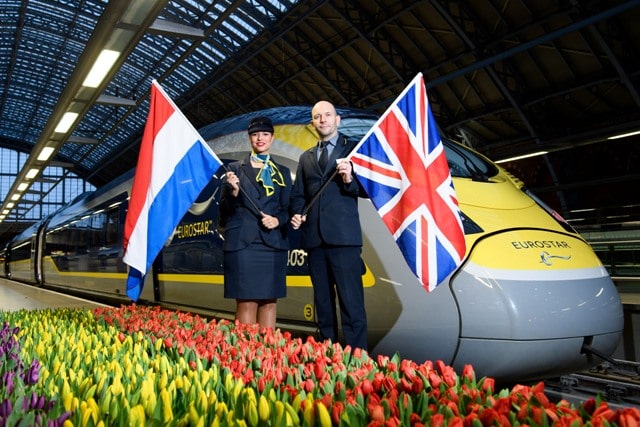Eurostar plans to invest heavily in the future of international rail, including the addition of up to 50 new trains, but a major obstacle is emerging: a lack of space to maintain and store them. In its formal response to a consultation by the Office of Rail and Road (ORR), Eurostar is calling for a national strategy that ensures depot infrastructure can meet the needs of a growing international rail network.
At the heart of the discussion is Temple Mills International depot, the only site in the UK currently used to service and house Eurostar’s high-speed trains. While the depot has limited capacity, a recent ORR-commissioned report by Ipex found it cannot fully accommodate the long-term plans of all operators. Crucially, Eurostar’s own growth plans were not accounted for in the study.
The company’s ambitions are significant. Eurostar wants to intensify use of its current fleet, expand services, and increase annual passenger numbers to 30 million. To support this growth, it has begun investing in improvements at Temple Mills and is working with London St Pancras Highspeed to expand the passenger terminal at St Pancras International. Combined with other operators’ plans, future needs could approach 100 trains and billions in investment.
In its submission, Eurostar urges the ORR to bring together government, industry, and investors to create a coordinated plan for infrastructure that supports international rail. The company has also proposed exploring alternative or additional depot sites in Kent and East London. Options could include Southeastern’s Ashford depot, freight hubs like Dollands Moor, Ripple Lane, or even unused land along the HS1 corridor.
Gareth Williams, Eurostar’s General Secretary, warned that without serious investment, the UK risks falling behind the growing demand for international and sustainable travel. “We support competition and growth through international rail,” he said. “But without serious investment in infrastructure to create more room, we risk not fulfilling the massive potential of sustainable European travel.”
Eurostar is one of several international rail operators looking to expand as demand increases post-pandemic. However, rail infrastructure in the UK has not kept pace with the ambitions of operators ready to spend billions to modernize the system. Eurostar’s response emphasizes that with smart planning, collaboration, and private investment, the UK could become a leader in cross-border high-speed rail.






